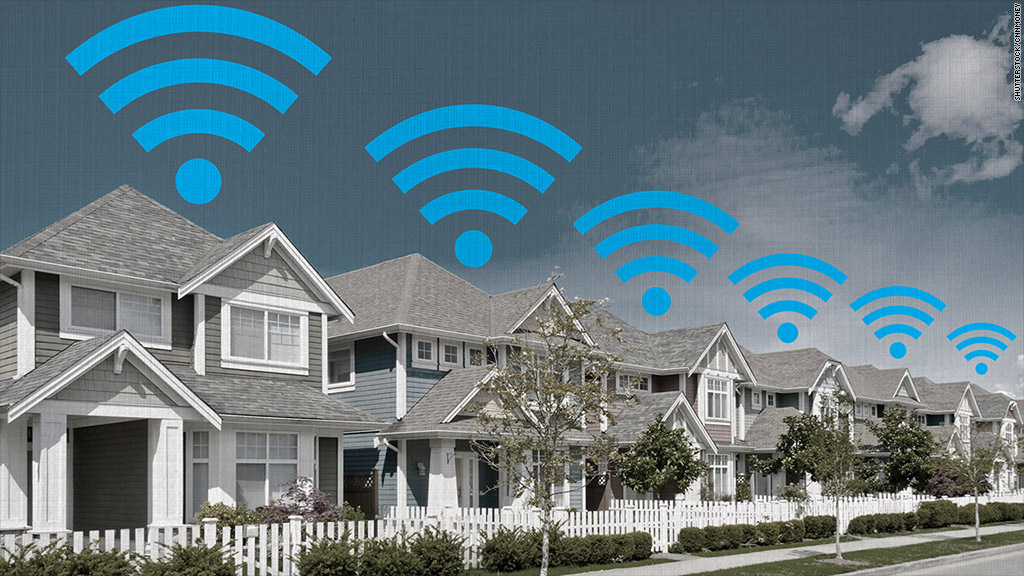A recent report announces that 1 out of every 3 home Wi-Fi routers will be used also as a public hotspot by 2017.
Turning home routers into public hotspots is the new trend in the telecommunication market. Operators start using their clients’ personal home routers as the hardware infrastructure for their own public Wi-Fi hotspots. The home router becomes a “homespot”, which means that it is used by the operator as an access point to broadcast a public Wi-Fi SSID. According to the operators, allowing the carrier company to double their home Wi-Fi router into a public hotspot is a win-win situation for both because:
- The carrier enlarges its Wi-Fi hotspot, by adding routers that broadcast its SSID
- The router’s owner will have in counterpart access to the carrier’s big public Wi-Fi network when he’s not at home
Moreover, operators say that the owner of the router should not pay any supplementary costs and that the use of their routers as a public hotspot should not affect their bandwidth. The two SSIDs are separate SSIDs; the first one is for personal use with password access, and the second one is for public use with a captive portal. Juniper Research declares in its recent report that, by 2017, one out of every three home routers will be used also as a public Wi-Fi hotspot, and by 2020, there will be a total of 366 million of these double-use units worldwide.
The main problem of this trend is the lack of transparency from carriers. In fact, the operator is rarely asking for the permission of the owner to use its router as a public hotspot so most people are simply not aware that their routers are used to support the public Wi-Fi network initiative. In this situation, operators access personal routers but fail to inform users of the risks and perks that come with it, so oftentimes users cannot take advantage of their router doubling as a public hotspot.
The communication between operators and their clients is not explicit and leads to a real lack of knowledge for the client in the management of their home networks. It seems that the carrier operators get the most advantage from this situation, while users run the risk of intrusion, data theft, and bandwidth flow reduction. With the current concerns about privacy and security of data, “the realization that home routers can be accessed by complete strangers is unlikely to be viewed in a positive light” mentioned Gareth Owen, the research author.
 |
| Source: Money.cnn website |
Comcast is an example of a carrier company that already uses the home router of its clients as a support for its public Wi-Fi network, “Xfinity wifi”. The American company assures that people connecting to the public network will be isolated from the private connection thanks to a firewall, but in practice, giving strangers access to their home router means that the owner will be sharing their bandwidth with other users. Also, as the second antenna for the public hotspot uses up electricity, this means that the private network owner is footing Comcast’s electricity bill. Once again, it is the client that has to support the expenses and not the carrier.
In one article, the tech company Speedify denounced that each Comcast customer pays $23 per year in additional electricity costs. Two San Francisco residents are already suing Comcast over the dual use of their routers, claiming that Comcast is “exploiting them for profit” by using their home Comcast routers as a public service. Comcast is being charged with inadequately informing its customers of how the routers were being used, and for allegedly putting the data and information on a Comcast customer’s network at risk by “[allowing] strangers to connect to the Internet through the same wireless router used by Comcast customers.”
If you are a Comcast user and you don’t want your home router to be used for the public “Xfinity wifi” network, you can find out how to disable this function in this article.
In the US, Comcast is not the only operator to double a home router into a public hotspot, BT does the same with almost 5 million of hotspots. Orange, SFR, and Free also have between 3 and 5 million hotspots in France, and Vodafone is slowly increasing its number of hotspots in Germany, Spain, and Italy.

